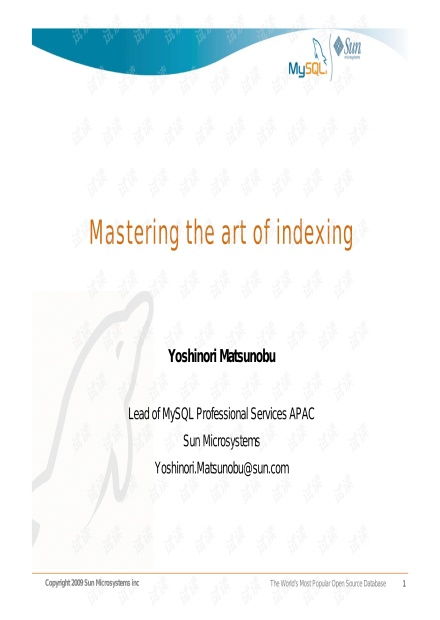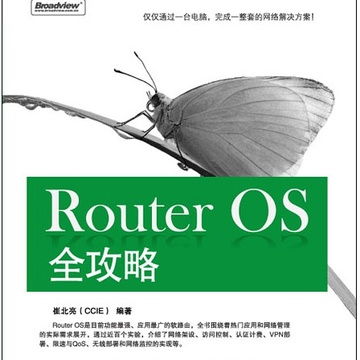Content:
As the leaves turn a fiery red and the air begins to crisp, the deep autumn season beckons anglers to the water's edge with the promise of serene moments and the thrill of the catch. Deep autumn fishing, with its unique challenges and opportunities, requires a different set of skills and strategies. Here's a comprehensive guide to mastering the art of deep autumn fishing and enhancing your chances of landing that big one.
Understanding Autumn Fish Behavior
Before diving into the specifics of fishing techniques, it's crucial to understand how fish behave during the deep autumn months. As the water temperature drops, fish tend to move to deeper waters where the temperature remains more stable. They also become more conservative in their feeding patterns, focusing on high-energy foods to prepare for the upcoming winter.
Selecting the Right Gear
Rod and Reel: Choose a rod and reel that are suitable for the type of fish you're targeting. A medium-heavy rod with a good backbone is ideal for deep autumn fishing, as it can handle the increased pressure from larger fish.
Line: Use a monofilament line with a thickness that matches the rod's strength. In colder waters, fish are more sensitive to line vibrations, so a lighter line can help you present your bait more delicately.
Lures and Baits: For deep autumn fishing, opt for heavier lures or baits that can reach the fish in deeper waters. Live bait like minnows or worms can be effective, but artificial lures such as jigs, spoons, and crankbaits can also work well.
Fishing Techniques for Deep Autumn
Timing: Fish are most active during the early morning and late afternoon when the water is warmer. These are the best times to fish during the deep autumn season.
Depth: Since fish move to deeper waters during autumn, use a fishfinder to locate the thermocline and adjust your fishing depth accordingly. Cast your line beyond the thermocline to reach the fish.
Presentation: In colder waters, fish are less likely to chase after your bait. Therefore, it's essential to present your lure or bait in a way that triggers a strike. Slow and steady retrieves or subtle twitches can be more effective than fast and erratic movements.

Trolling: Trolling can be an effective technique for deep autumn fishing. Use a downrigger to control the depth of your lure, and adjust it to match the fish's depth.
Bottom Bouncing: This technique involves dragging your lure or bait along the bottom, which can be effective for bottom-feeding fish. Use a heavy sinker to keep your lure in place.
Jigging: Jigging is another technique that can work well in deep autumn waters. Drop your jig to the desired depth and then twitch it up and down to mimic the movement of prey.
Seasonal Baits and Lures
Live Bait: Live bait such as minnows, crayfish, or leeches can be highly effective during the deep autumn season. These natural baits are more likely to be accepted by fish that are conserving energy.
Artificial Lures: Artificial lures like jigs, spoons, and crankbaits can be customized to mimic the movement of prey. Choose colors and patterns that are most likely to attract fish in the autumn months.
Soft Plastics: Soft plastics like worms, grubs, and swimbaits can be deadly during the deep autumn season. These baits can be worked slowly and are less likely to spook fish.
Weather Considerations
Keep an eye on the weather forecast. Overcast days can be particularly productive for autumn fishing, as they tend to keep the water temperature more stable. Additionally, wind can be a friend or foe. A slight breeze can keep the water moving, which can be beneficial for fish activity, but strong winds can make fishing conditions challenging.
Safety and Etiquette
Always prioritize safety when fishing during the deep autumn season. Wear appropriate clothing to stay warm, and be prepared for changing weather conditions. Also, practice good fishing etiquette by respecting the environment and other anglers.
In conclusion, deep autumn fishing requires a nuanced approach that takes into account the changing behavior of fish and the unique conditions of the season. By understanding these factors and employing the right techniques, you can increase your chances of a successful outing. Remember to enjoy the beauty of the autumn landscape and the serenity of the water, as these moments are as rewarding as the fish you catch. Happy fishing!












